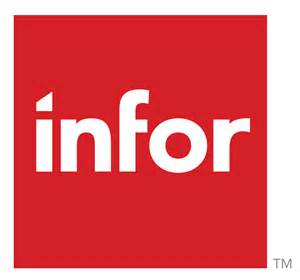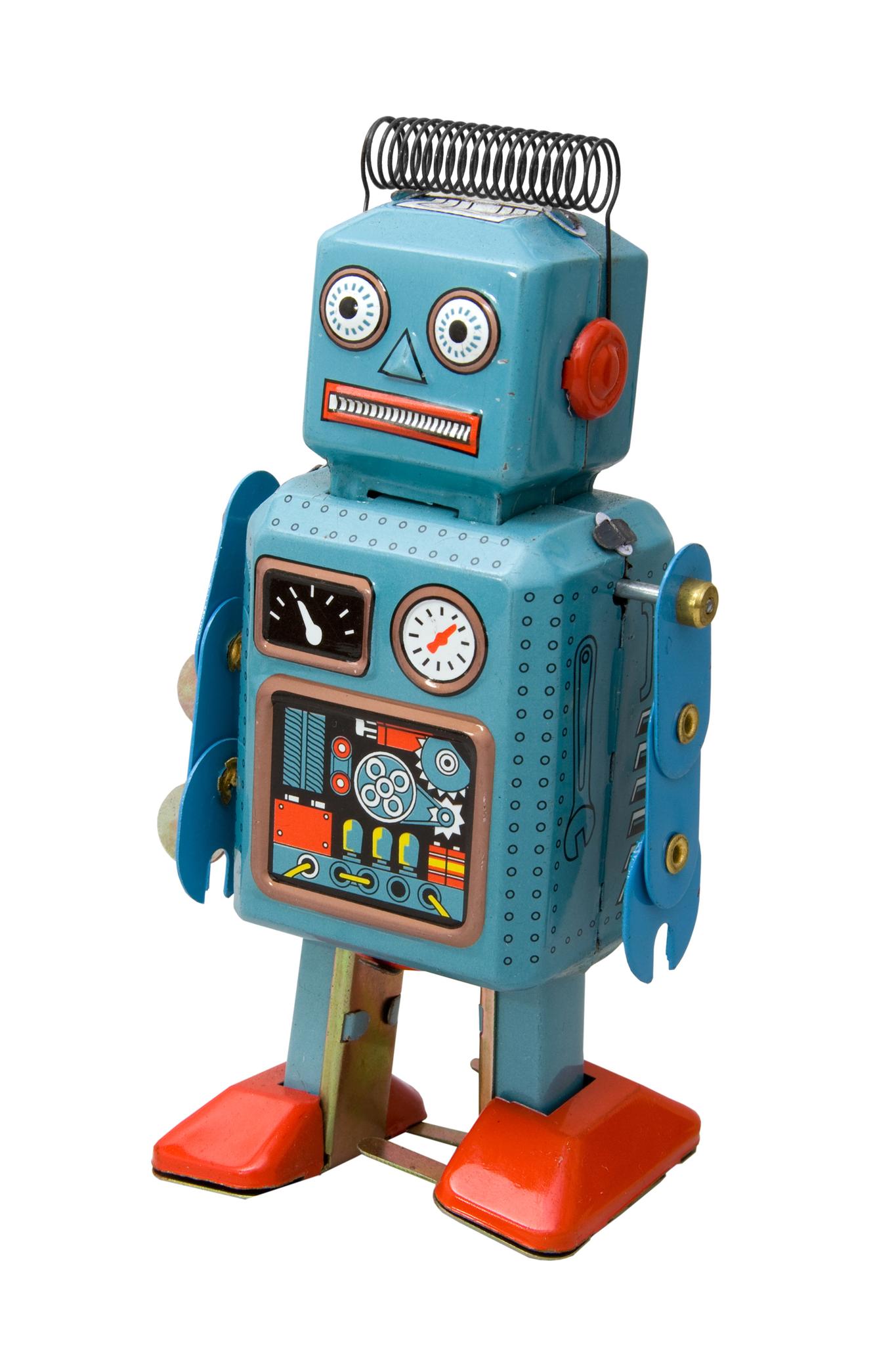I had the privilege to present yesterday at Inforum 2016, the annual customer conference for Infor, a leading provider of enterprise cloud technologies - including Human Capital Management.
My topic was Digital Transformation and Disruption, and the impact that accelerating and profound technology innovation and change is having on talent and talent management. I also included and talked about the incredible Pokemon Go phenomenon, and what that suggest for HR and talent. My only regret from the talk is that I really didn't get in a solid 'Sport and HR' re-set, but I guess I can try and do better next time.
Embedded below are the slides I presented at Inforum, and after the embed, (email and RSS subscribers may need to click through), I want to expand a little on the last slide - the recommendations that accompany the pic of Maxwell Smart.
The tough challenge for HR and business leaders when faced with all this disruptive technology is just how to go about getting started, deciding on what types of technology in which to invest, and how to prioritize time, investment, and resources.
On the Maxwell Smart slide, I offer three catergories of value that you can consider when evaluating new technology. Whatever technology you consider, it needs to meet a need in at least one of these three areas - two is better - but if you can find a project that manages to provide value in all three? Then you are basking in the glory forever more.
1. Reduce or eliminate organizational barriers- these are the inefficient systems and processes that get in the way of your employees being able to do their best work. Things like convoluted approval processes, endless email chains with no one making a decision, or antiquated and disparate technology solutions that fail to integrate smoothly if at all. This is the proverbial 'low hanging fruit' that the smart HR leader looks to exploit for quick, easy, and visible wins.
2. Improve and enhance customer service - HR is at the end of the day still largely a service organization providing support and consultation to the rest of the organization. How can you provide that service better, faster, with more inherent value tomorrow than you are doing today? Where can you leverage modern tools to allow employees to get access to tools, information, and people to enable them to focus on their roles and not on your rules? Technologies in this category don't just make HR better, they make the organization overall better as well.
3. Create a differentiated and persoanlized experience - One of the themes that I touched on in the talk was the way many of these modern breakthrough technologies like Uber, Stitchfix, and even Pokemon Go succeed by creating individual and personalized experiences and do this at massive scale. Stichfix sends out thousands and thousands of 'fixes' - collections of clothes and accessories to its customers - and no two are ever the same. Most organizations send out a handful of offer letters in a month, and except for the salary, everything else about them is EXACTLY the same. The same can probably be said for benefits and perks packages, physical characteristics of the work environment, and the method and process for training, development, compensation, and evaluation. Is it easier to have uniformity in all of these processes? Sure it is. Does it make the most sense for you business? Maybe not. It would be easier for Stitchfix to send all its customers the same 5 garments each month, but would that make the customers feel special and valued? Would they keep coming back? I doubt it.
So those were my big three points that I wanted to leave the audience with today, and what I hope you think about when making the important organizational decisions around technology investment. Make sure you are hitting the best value category for you and if you can punch 2, or even 3 of the categories then you will probably be giving the keynote at Inforum next year!
It was super exciting and fun to be a part of such a big event - many thanks to the team at Infor for having me!


 Steve
Steve




